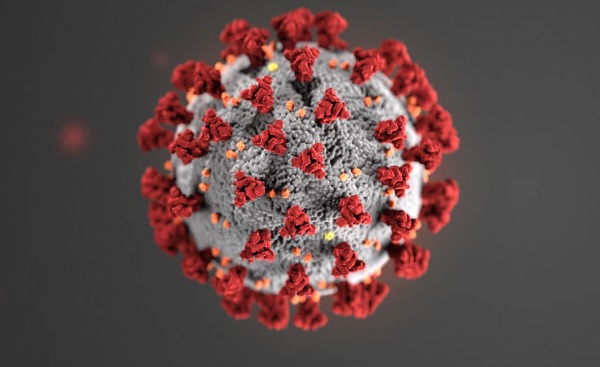
Luxembourg's Ministry of Health, together with the National Health Laboratory (Laboratoire National de Santé - LNS) and the Luxembourg Institute of Science and Technology (LIST), has issued a COVID-19 retrospective for the week of 28 June to 4 July 2021.
Over one week, the number of people testing positive for COVID-19 increased from 107 to 787 (up 635%), whilst the number of their identified close contacts rose from 353 to 2,228 (up 531%).
The number of PCR tests carried out last week fell from 39,181 to 35,372.
Ten people reported a positive rapid antigen test for the reference week (down from seventeen the previous week), bringing the total number of positive results from such tests performed by healthcare professionals to 221. Since the introduction of self-tests, 695 positive results have been reported, with 182 cases for the week of 28 June to 4 July. Note that positive rapid antigen tests are not taken into account in calculating the positivity rate.
As of Sunday 4 July 2021, the number of active infections stood at 826 (up from 140 as of 27 June) and the number of people having recovered from the virus increased from 69,684 to 69,785. The average age of people diagnosed with COVID-19 remained fairly stable at 28.9 years.
The week of 28 June to 4 July was the fourth consecutive week in which no COVID-19-related deaths have been recorded.
The situation remains relaxed in hospitals, with three confirmed COVID-19 patients in normal care (the same number as the previous week). The number of COVID-19 patients in intensive care fell from two to one. The average age of hospitalised patients fell sharply from 60 to 46 years.
For the reference period, the effective reproduction rate (RT eff) increased from 0.86 to 2.08 and the positivity rate on all tests carried out rose from 0.27% to 2.22%. The positivity rate on tests performed through a doctor's prescription (i.e. people with symptoms) also increased, from 0.95% to 5.95%.
Furthermore, the incidence rate increased from seventeen to 124 cases per 100,000 inhabitants over seven days. Compared to the previous week, the incidence rate increased across all age groups. The largest increase was recorded in the 15-29 age group (up 824%), followed by the 30-44 (up 700%), 45-59 (up 336%) and 0-14 (up 181%) age groups. The 60-74 and 75+ age groups continued to have the lowest incidence rates. Note that 84% of all new cases last week were detected among 15-29 and 30-44 year-olds.
For the week of 28 June to 4 July, 589 people were in isolation (up 105%) and 1,790 were in quarantine (down 384%).
Leisure activities have overtaken the family circle as the most frequent context of transmission of COVID-19 infections. 33.6% of new infections could be traced back to leisure activities, whilst 9.8% originated in the family circle. 6.2% of cases were traced back to travel abroad and 3.9% came from the education environment. The source of infection was not clearly attributable in 38.7% of cases.
Vaccinations: update
For the week of 28 June to 4 July, a total of 50,026 vaccine doses were administered in Luxembourg. 21,947 people received their first dose whilst 28,078 people received their second dose, bringing the total number of vaccinations administered as of 6 July to 585,552. A total of 259,247 people have been fully vaccinated to date
Evolution of variants
For the week of 21 to 27 June 2021, population sequencing coverage was 69.2%.
Concerning the 107 samples carried out for week 25/2021, the following distribution can be observed:
- the Delta (Indian) variant (B.1.617) now represents 60.8% of cases (compared to 59.4% in week 24) ;
- the Gamma (Brazilian) variant (P.1) represents 24.1% of cases (only one case detected in week 24);
- the Alpha (British) variant (B.1.1.7) represents 10.1% of cases (down from 29.7% in week 24);
- the Beta (South African) variant (B.1.351) represents 2.5% of cases.
Since 18 April 2021, the Delta variant has been detected in 234 resident cases in Luxembourg. The authorities noted that with 69.2%, the sequencing rate in Luxembourg is significantly higher than the rate of 10% recommended by the European Centre for Disease Prevention and Control (ECDC). They also emphasised that the total number of Delta cases (in absolute terms) remains low.
Wastewater monitoring
The level of contamination of the thirteen sampled wastewater treatment plants studied by LIST during the week of 28 June to 4 July showed a constant upward trend. A similar trend was observed at the level of individual wastewater treatment plants, some of which showed a significant increase in contamination levels. Analyses in the coming weeks should confirm this result.








